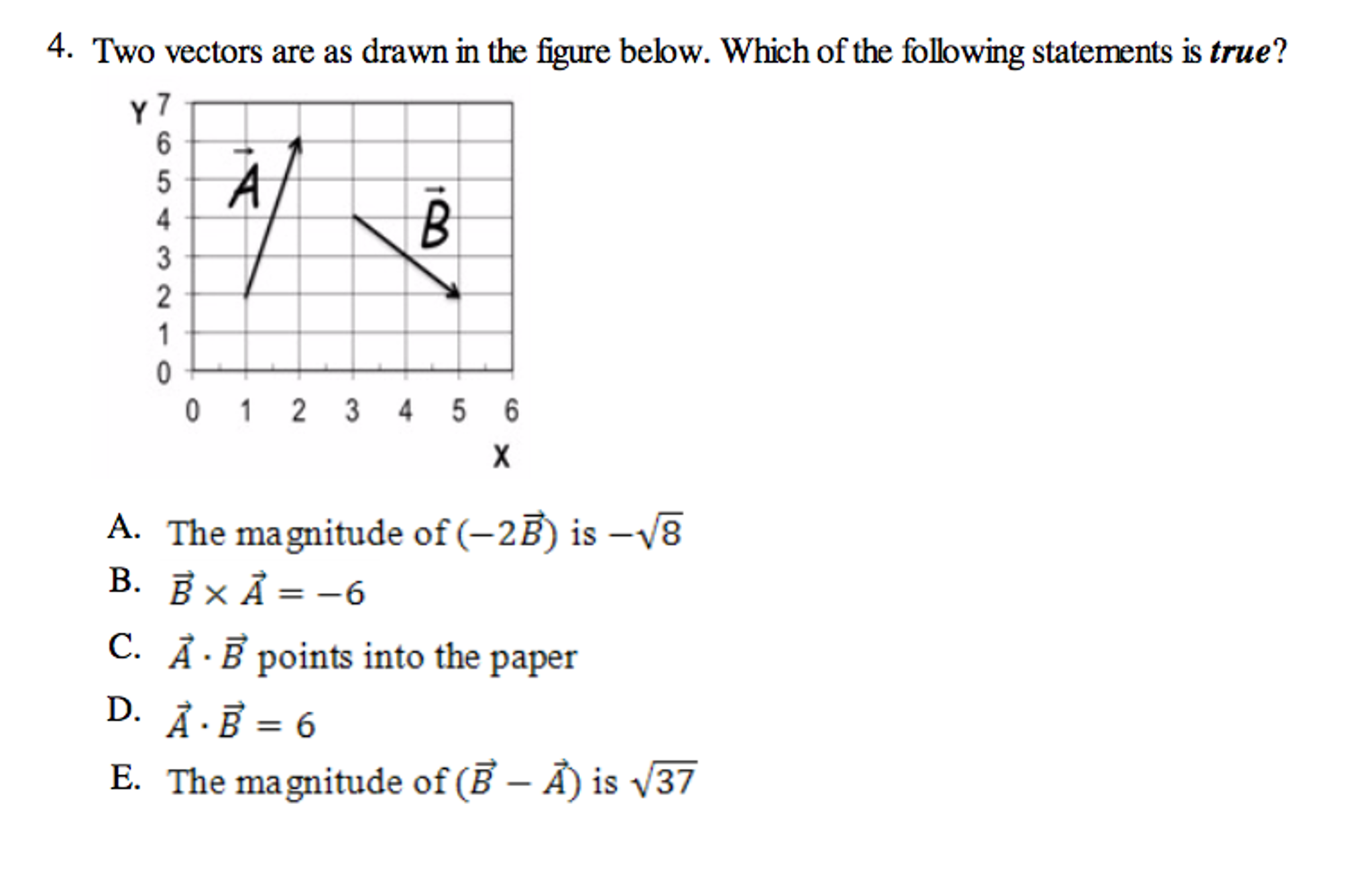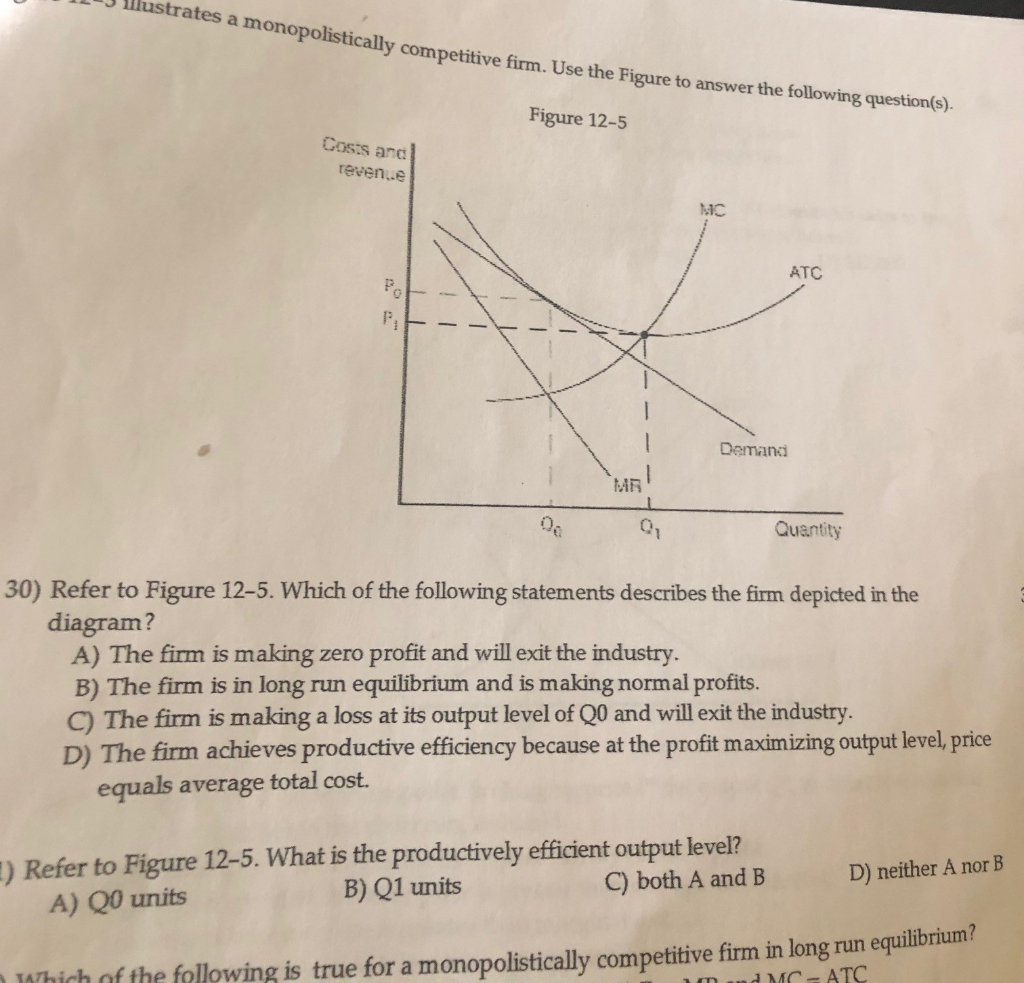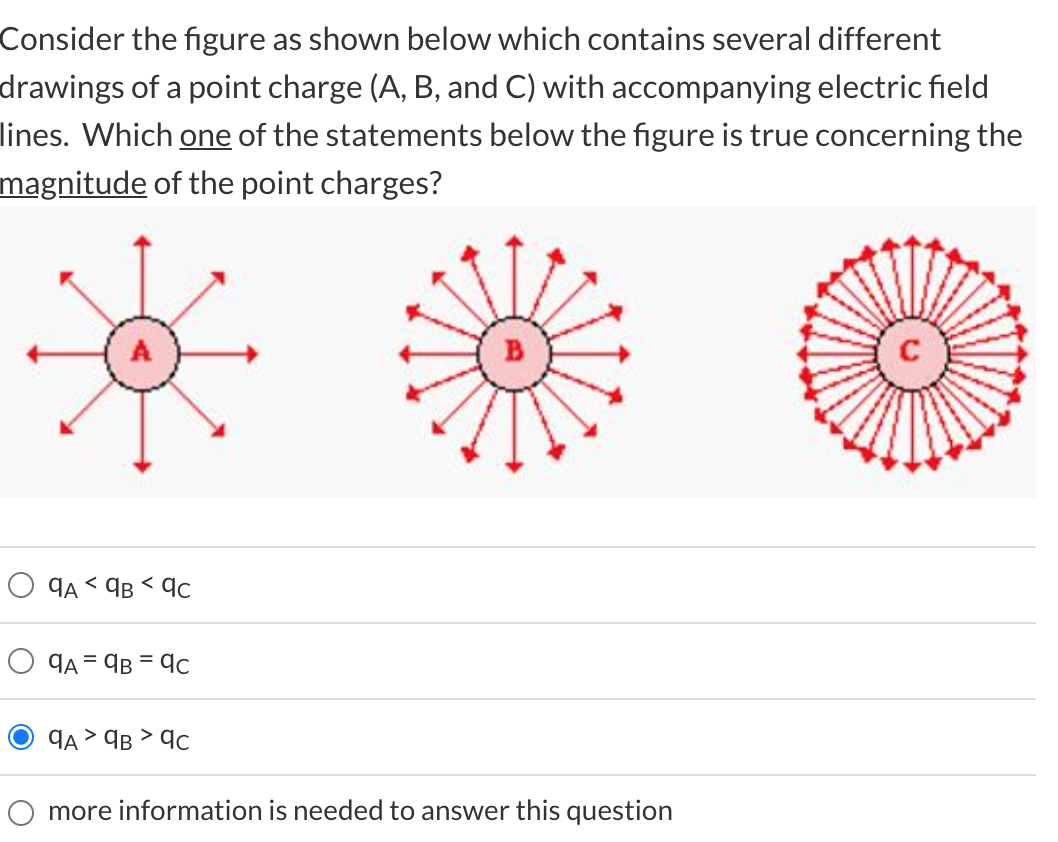Look At The Figure Below Which Of The Following Statements

Imagine a bustling classroom, students leaning forward, pencils poised, their faces illuminated by the soft glow of laptop screens. A complex chart, a whirl of data points and intersecting lines, dominates the display. The air hums with a quiet intensity as they grapple with the challenge before them: "Look at the figure below. Which of the following statements is true?" This seemingly simple prompt holds the key to unlocking deeper understanding, fostering critical thinking, and empowering individuals to navigate an increasingly complex world.
At its core, the "Look at the Figure Below" question—a staple in standardized tests, academic assignments, and professional assessments—isn't just about memorizing information. It’s about data literacy, the ability to extract meaning from visual representations of information. This skill is becoming ever more crucial in a world awash in charts, graphs, and visualizations.
The origins of data visualization trace back centuries, from early cartography and astronomical charts to Florence Nightingale's pioneering use of diagrams to illustrate mortality rates during the Crimean War. However, the modern emphasis on data literacy, particularly the ability to interpret figures and graphs, gained momentum with the rise of data science and the increasing availability of information in digital formats. The need to understand and make sense of this information explosion became paramount.
Questions like "Look at the Figure Below" directly address this need. They serve as a gatekeeper, assessing not just knowledge of a specific subject, but the ability to decipher complex visual information. They also assess whether we can then apply logical reasoning to arrive at a conclusion. This skill is critical in many fields.
The significance of these questions extends far beyond the classroom. In the business world, professionals use data visualizations to analyze market trends, track sales performance, and identify areas for improvement. A marketing manager might need to interpret a bar chart showing customer demographics. A financial analyst might scrutinize a line graph depicting stock price fluctuations.
In the medical field, doctors rely on charts and graphs to monitor patient vital signs, track disease outbreaks, and evaluate the effectiveness of treatments. Interpreting these figures accurately can be a matter of life and death.
Even in everyday life, data literacy plays a crucial role. Understanding infographics related to public health, environmental issues, or economic trends empowers individuals to make informed decisions about their health, their finances, and their civic responsibilities.
So, how do you effectively tackle a "Look at the Figure Below" question? The key is to adopt a systematic approach. First, carefully examine the figure's title, labels, and units of measurement. These elements provide crucial context.
Next, identify the key trends and patterns displayed in the figure. Are there any significant peaks or valleys? Are there any correlations between different variables? Consider the type of figure itself. Is it a bar graph, a line graph, a pie chart, or a scatter plot? Each type of figure is best suited for conveying different types of information.
Then, carefully read each of the provided statements. Don’t rush. Look for keywords that connect the statements to the information displayed in the figure. Evaluate whether each statement is supported by the data. Are there any contradictions or inconsistencies?
Finally, eliminate the incorrect options and select the statement that is most accurately and comprehensively supported by the figure. Remember to avoid making assumptions or drawing conclusions that are not explicitly supported by the data. Avoid bringing outside information into the mix.
The ability to critically evaluate figures and graphs is not just a test-taking skill. It is a fundamental life skill that empowers individuals to navigate an increasingly complex and data-driven world. Data literacy is about being able to understand the information we are bombarded with every day.
In an era of misinformation and "fake news," the ability to critically evaluate data visualizations is more important than ever. Being able to identify misleading charts and graphs can help protect against manipulation and propaganda. The ability to discern fact from fiction is essential for informed citizenship and responsible decision-making.
Beyond the practical applications, mastering the "Look at the Figure Below" question also fosters a deeper appreciation for the power of data visualization. It encourages curiosity, critical thinking, and a desire to understand the world around us. It is about learning to read the language of data, a language that can reveal hidden patterns, uncover new insights, and ultimately, empower us to make better decisions.
The challenge presented by a simple question like "Look at the Figure Below" is more than just an academic exercise. It's a reminder that understanding and interpreting data is increasingly important in the world around us. It promotes the understanding of the significance of data literacy and how to apply it to everyday life.
And as students leave the classroom, equipped with these critical thinking skills, they are better prepared to engage with the complexities of the modern world, armed with the ability to decipher data, interpret trends, and make informed decisions based on evidence. This is the true power of the "Look at the Figure Below" question. The ability to analyze data will open doors for future generations.
![Look At The Figure Below Which Of The Following Statements [FREE] Look at the diagram and evaluate. Which of the statements below](https://media.brainly.com/image/rs:fill/w:750/q:75/plain/https://us-static.z-dn.net/files/d7a/2567623d338b1ac80c6968a53ca3c5bb.png)







